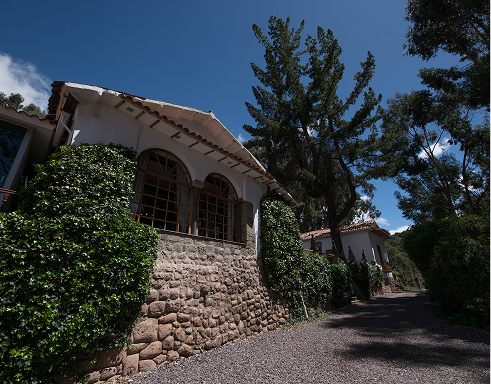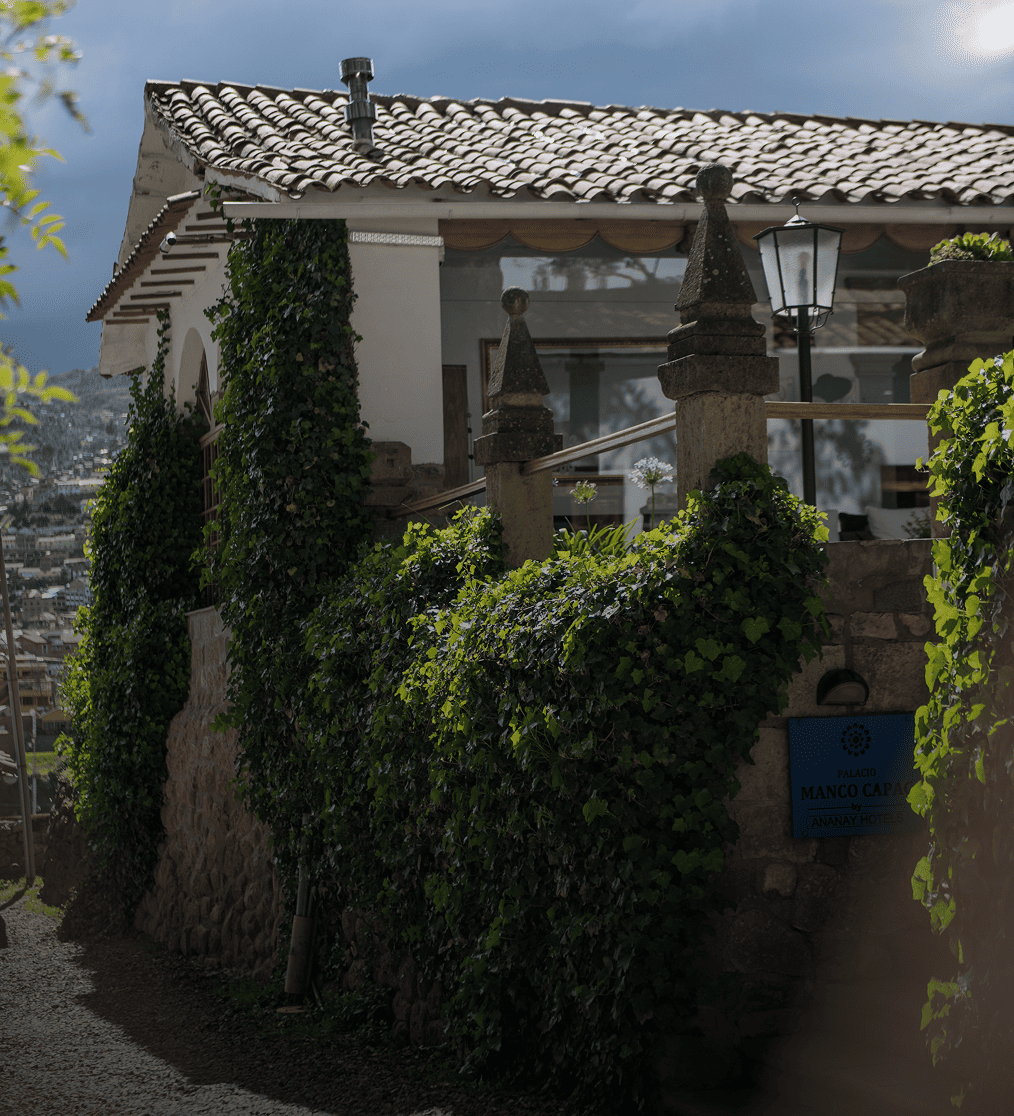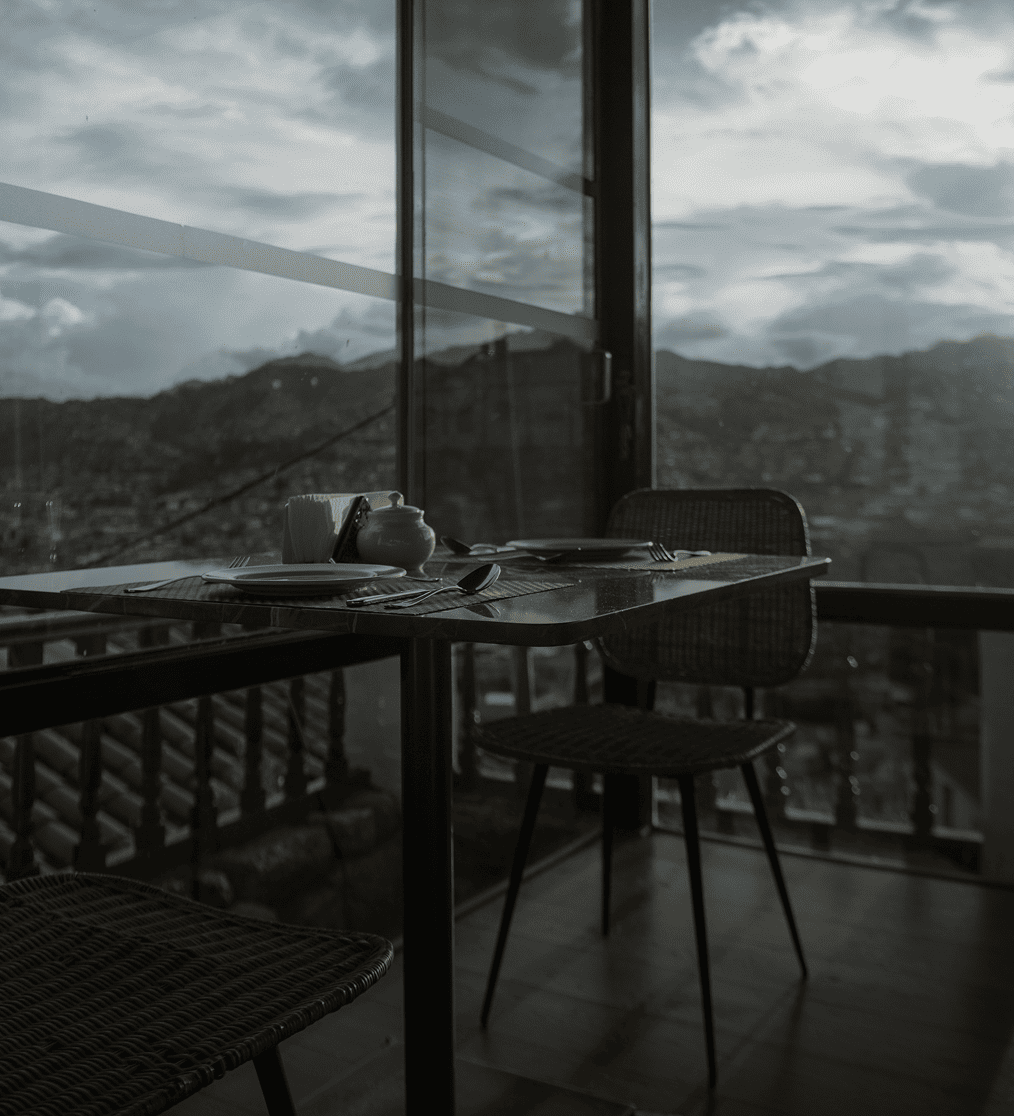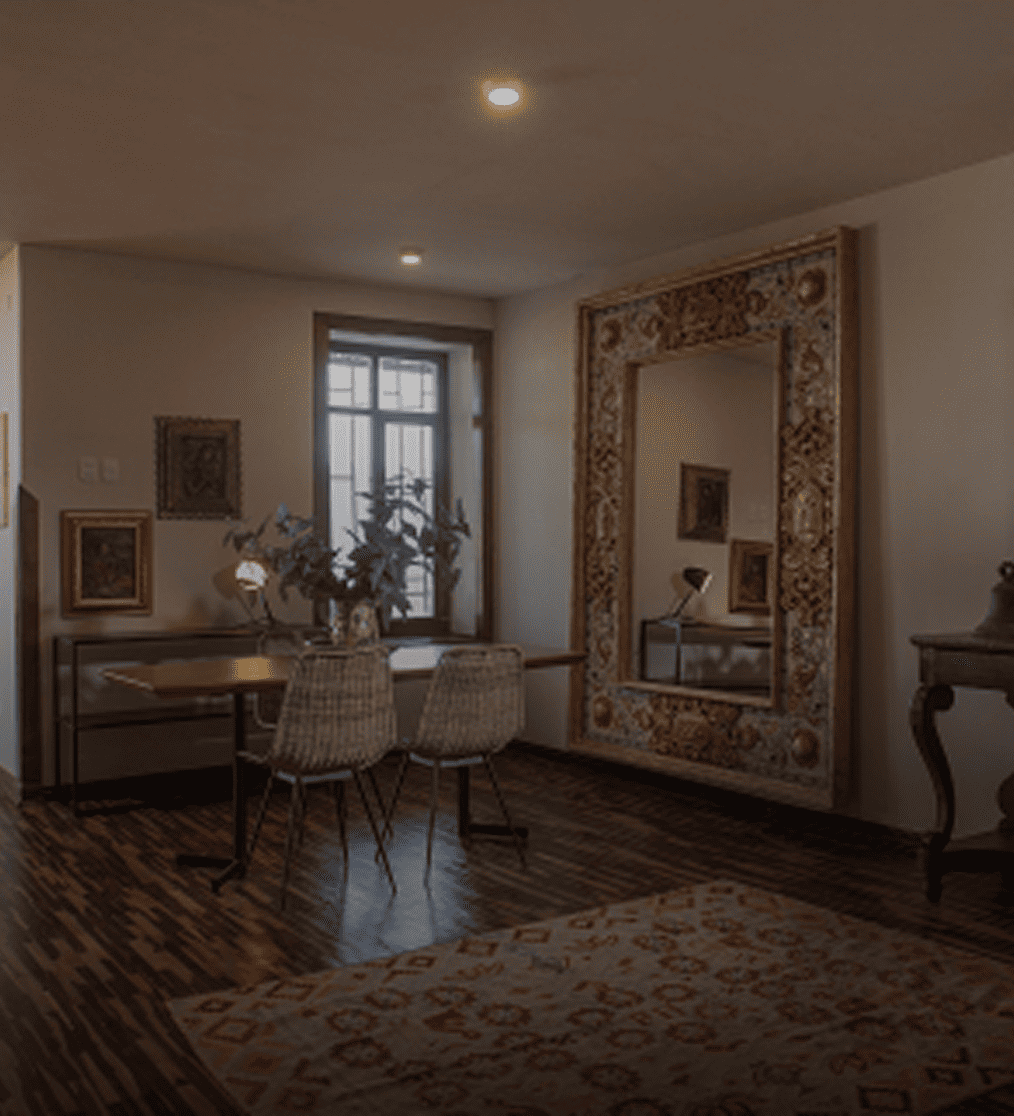

Perched atop the hill of San Cristóbal, Palacio Manco Capac by Ananay Hotels offers an immersive journey into Peruvian history. Housed in a beautifully preserved 19th-century republican residence, our boutique hotel has been carefully restored to honor its rich history while providing modern comforts.
The hotel consists of two distinct houses, with twenty thoughtfully designed rooms. One reflects the elegance of the republican era with its colonial architecture, while the other, from the 20th century, blends contemporary and traditional influences. Both offer a refined atmosphere and a full range of services to ensure your utmost comfort.

In the ancient Inca neighborhood of Qolqampata remains the ruins of a palace attributed to Manco Cápac, the legendary founder of the Inca Empire. Though historians debate the exact dates of his reign, he is believed to have lived in the early 13th century. The palace may have belonged to his panaca, Chima Panaca, possibly from Pachacútec’s time. Centuries later, Emperor Huascar was also said to own it, along with the Amarukancha palace.

During the Republican era, the site became known as fundo Qolqampata due to its small-scale farming and a eucalyptus forest. In the 19th century, the Gonzales Béjar family owned it until losing it to debt. In 1898, Italian immigrant César de Luchi Lomellini Pedamonte purchased it and found success through his commercial house in Cusco. He later became a key industrialist, founding Cusco’s first electricity company in 1913 and entering the textile industry in the following decades.

At the start of the colonial era, the Qolqampata Palace passed to Paullu Topa Yupanqui, Huascar’s brother, after being named Inca by the Spanish. Baptized as Cristóbal, he built the Church of San Cristóbal and gave the neighborhood its Spanish name. His son Carlos Inca Yupanqui and mestizo grandson Carlos Melchor lived in the palace until the latter was sent to Spain by royal order, where he died in 1610. The lack of legitimate male heirs and forced exile weakened the Inca elite, whose power faded entirely after independence.

During the Republican era, the site became known as fundo Qolqampata due to its small-scale farming and a eucalyptus forest. In the 19th century, the Gonzales Béjar family owned it until losing it to debt. In 1898, Italian immigrant César de Luchi Lomellini Pedamonte purchased it and found success through his commercial house in Cusco. He later became a key industrialist, founding Cusco’s first electricity company in 1913 and entering the textile industry in the following decades.

At the start of the Colonial Era, the Qolqampata Palace passed to Paullu Topa Yupanqui, Huascar’s brother, after being named Inca by the Spanish. Baptized as Cristóbal, he built the Church of San Cristóbal nearby the palace grounds and gave the neighborhood its Spanish name. His son Carlos Inca Yupanqui and mestizo grandson Carlos Melchor lived in the palace until the latter was sent to Spain by royal order, where he died in 1610. The lack of legitimate male heirs and forced exile weakened the Inca elite, whose power faded entirely after independence.

In 2014, Ananay Hotels began operating part of the former Qolqampata Palace as Hotel Palacio Manco Cápac, honoring its legendary first owner. The rooms were carefully restored and filled with antiques, including the famous "Bolívar’s Bed." Ananay proudly serves as curator of this mestizo architectural gem, offering guests a unique stay immersed in history. In 2016, TripAdvisor named it one of the world’s top 25 boutique hotels and the best in South America.
Fill up the form to receive more detailed information regarding our hotel and services.